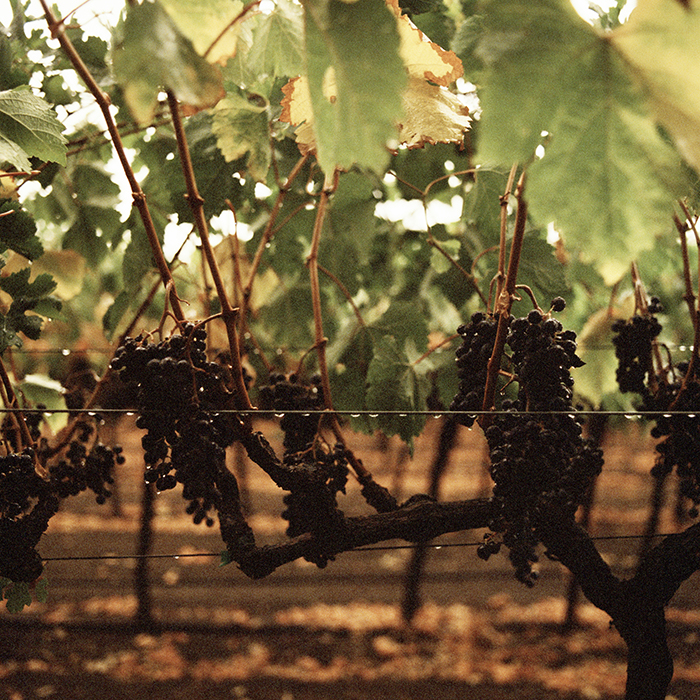Five things you need to know about sustainable wine
Author: Sophie Thorpe

Amongst the vines at Frog’s Leap in Napa Valley. Photograph: Jason Lowe
-
It’s confusing
Organic, biodynamic, natural, sustainable: there are a lot of words being bandied around. To make things more confusing, the exact requirements for organic and biodynamic certification vary according to the country and certification body. It gets worse though: “natural” and “sustainable” currently have no strict legal definition. “We sometimes get caught up in all these terms,” says John Williams, founder and winemaker at Frog’s Leap, “but in general what we’re talking about is inviting life, energy, living energy back into the farming system.” Yes, it seems rather un-British, but – in basic terms – it’s taking a long-term, multi-generational view.
-
The fashion for natural wine harms as much as it helps
The unregulated and fashionable realm of “natural” wine, in some ways, poses a threat to the category. Too many faulty wines, produced with extreme minimal intervention, are slipping through the net and putting people off anything with an organic, biodynamic or sustainable label attached to it. Jason Haas of Tablas Creek worries about “the risk of being consigned to the ‘organic’ section rather than the ‘great wine’ section [of a shop].” He – and many other producers – make outstanding wines, that just happen to be made in a sustainable way.
-
It’s about real farming, not formulae
Forget a set yearly calendar of vineyard tasks that doesn’t correlate with the weather, sustainable farming is about raising an “awareness of not just rote-method farming, but really responding to situations as they arise,” says David DeSante (of the eponymous winery he runs with his wife, Katherine). It’s about preventative rather than corrective farming methods, farming in a way that means you don’t get pests or diseases, rather than spraying later to kill or cure.
-
Organic and biodynamic isn’t the holy grail – but it helps
While Jason finds encouragement in people going beyond the legal definitions of organic and biodynamic, John worries that certification might offer too firm a goal. “If you stop and say I’ve reached this level of certification, therefore I am sustainable – that is dangerous thinking. We just need to keep peeling this onion.”
-
There is more – much more – to do
John insists that everyone, not just winemakers and farmers, need to do more – and that sustainability doesn’t stop with sulphur, sprays and soil health: “Where does your power come from? What kind of buildings do you build? What about your water sheds? These have got to become part of this discourse.” Most importantly, we – not just the producers, but those selling, buying and drinking wine – have our own role to play, in paying more attention to where our wine comes from.
Shop a selection of sustainable wines from Frog’s Leap, Tablas Creek and DeSante on bbr.com or, if you want to know more, read our in-depth feature on sustainable winemaking in California.


